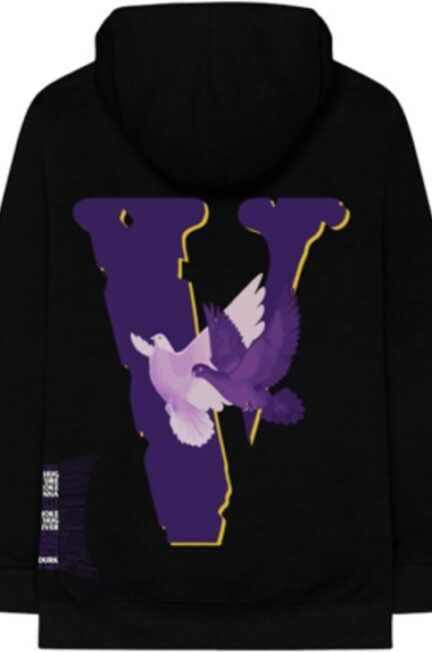Setting out on an outdoor getaway offers a revitalizing opportunity to disconnect from the chaos of everyday routines. Whether you’re hiking through lush forests, scaling rugged peaks, or simply enjoying a leisurely camping trip, the selection of your attire holds the potential to notably influence your ease and overall gratification. One crucial aspect to consider is the fabric that comprises your outdoor ensemble, given its direct impact on attributes like ventilative properties, moisture control, and thermal equilibrium. Within this article, we will thoroughly explore the realm of ventilated textiles, empowering you to make well-advised choices for your forthcoming outdoor venture.
Understanding the Breathability Factor:
In the realm of outdoor pursuits, prioritizing your comfort is of utmost importance. Breathable textiles are meticulously crafted to elevate your comfort levels, facilitating optimal air circulation and efficient moisture evaporation. This proactive approach effectively hinders the buildup of perspiration on your skin’s surface, resulting in a consistently dry feel and significantly reducing the potential for discomforts like chafing and irritation. Consider packing items like cheap women’s shorts, crop tops, and flowy dresses that ensure both comfort and performance throughout your explorations. Fabrics like cotton, while natural and comfortable, can retain moisture, leading to discomfort during intense physical activities. On the other hand, synthetic fabrics such as polyester and nylon are engineered with moisture-wicking properties, making them excellent choices for outdoor adventures.
The Marvel of Merino Wool:
Merino wool stands out as a remarkable natural fabric that’s highly suitable for outdoor enthusiasts. Thanks to its unique structure, merino wool offers more than just breathability; it also boasts inherent capabilities for wicking away moisture. This exceptional quality enables it to absorb considerable levels of moisture without inducing that uncomfortable damp sensation. Consequently, merino wool emerges as an optimal selection for diverse weather conditions, encompassing both the warmth of summer and the chill of winter. Furthermore, merino wool is inherently odor-resistant, ensuring you stay fresh even during extended trips. Its natural temperature-regulating properties keep you warm when it’s chilly and cool when it’s hot, making it a versatile option for various outdoor conditions.
Synthetic Performance Powerhouses:
Synthetic fabrics have revolutionized the outdoor clothing industry with their advanced technologies and performance-driven features. Polyester and nylon, for instance, are popular choices due to their exceptional moisture-wicking capabilities and lightweight nature. These materials swiftly move sweat away from your skin to the fabric’s outer layer, facilitating evaporation. This process keeps you feeling dry and at ease. Furthermore, these textiles frequently incorporate inherent UV resistance. It will help you safeguard your skin from the sun’s rays when you are exposed to the outdoors for extended periods.
Ventilation and Layering Strategies:
Selecting breathable fabrics is just one piece of the puzzle; how you layer your clothing also plays a crucial role in regulating your body temperature. Even though a t-shirt paired with 3/4 length jeans womens offers both comfort and style you need to pay extra attention to the functionality of your attire. Opt for a combination of moisture-wicking base layers, insulating mid-layers, and protective outer shells. The base layer, in direct contact with your skin, should effectively wick moisture away. Choose merino wool or synthetic options for this purpose. Mid-layers provide insulation while allowing air circulation; fleece and down jackets are popular choices. Finally, the outer shell acts as a barrier against wind and precipitation. Look for breathable and waterproof options to maintain comfort even in challenging conditions.
Environmental Considerations and Sustainability:
As you explore breathable fabric options, it’s worth considering their environmental impact. Fast fashion and mass production can lead to harmful consequences for the planet. However, some outdoor clothing brands are committed to sustainability, using recycled materials or eco-friendly production processes. Choosing ethically produced clothing not only benefits the environment but also supports responsible practices within the industry.
In conclusion, the fabric you choose for your outdoor escapades can greatly affect your comfort and enjoyment. Whether you opt for the natural breathability of merino wool or the advanced moisture-wicking capabilities of synthetic fabrics, understanding their unique properties empowers you to make informed decisions. Remember to consider your specific activity, weather conditions, and layering strategy while keeping sustainability in mind. Armed with this knowledge, you’re ready to embark on your next outdoor adventure fully prepared and comfortably dressed.





naturally—to manage units they use on them selves, ラブドール 女性 用As well as in devices they can manipulate for (on? With? This can be prepositionally difficult) their viewers.